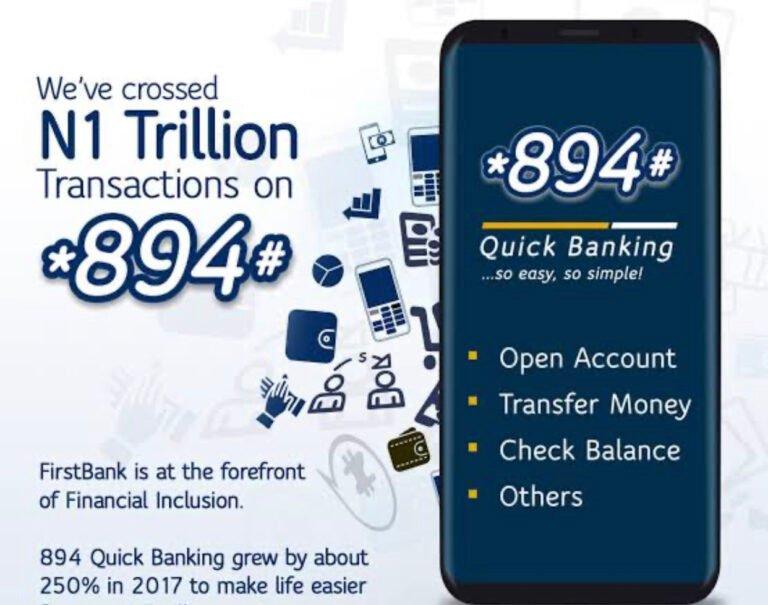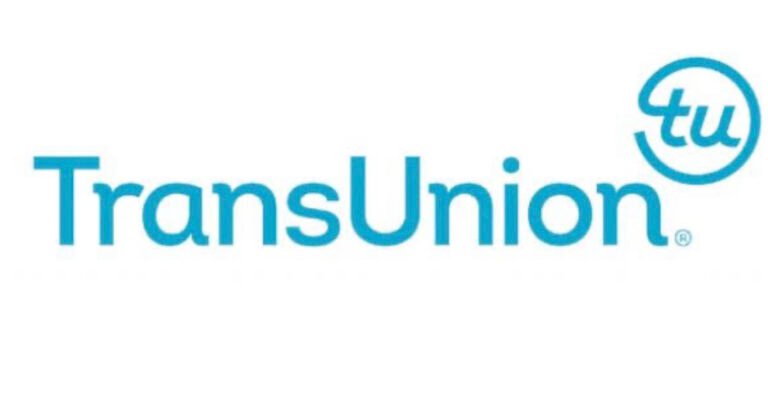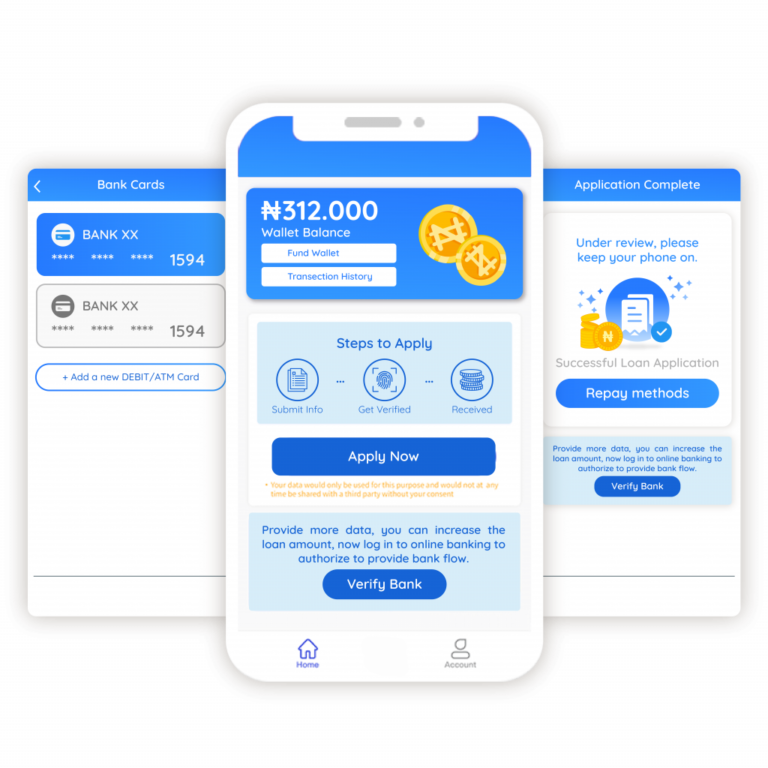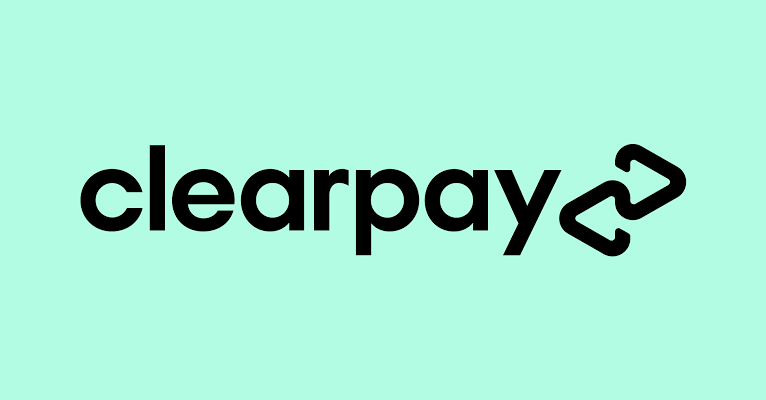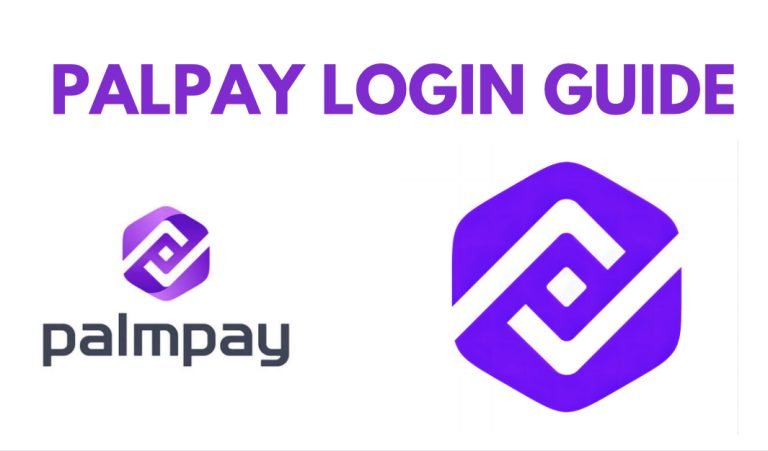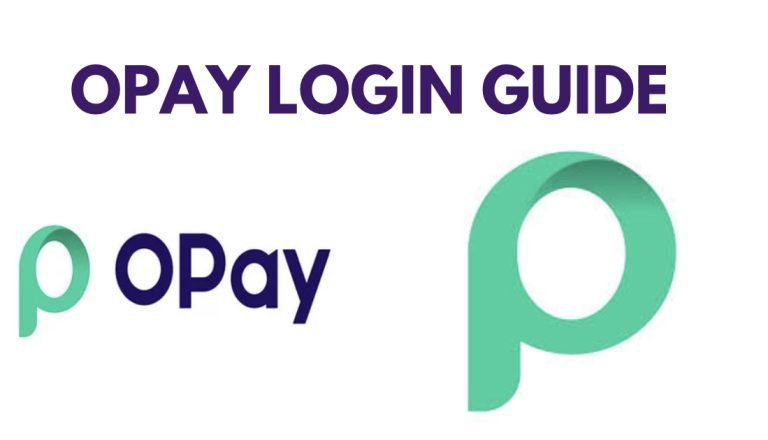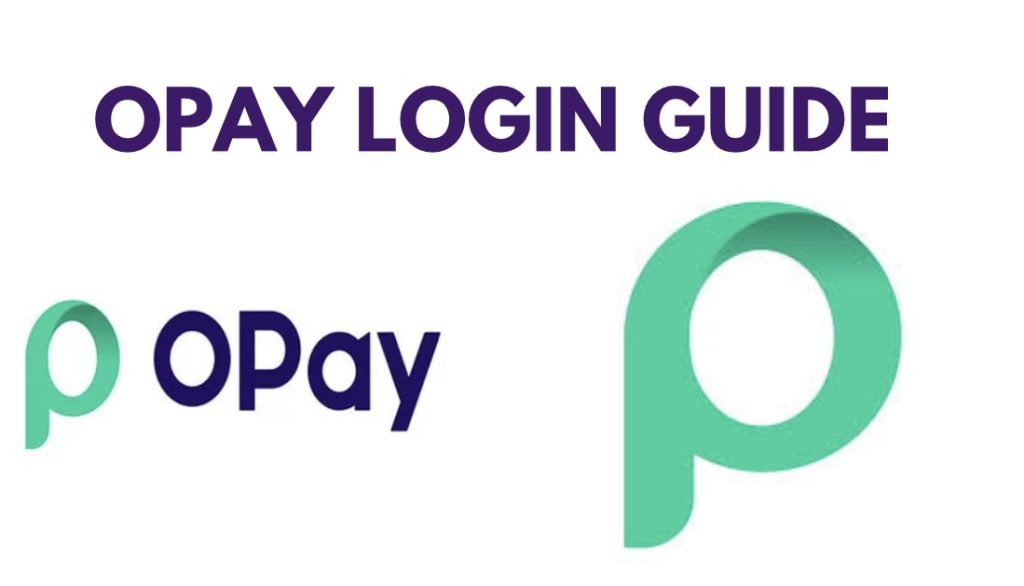How to Remove Palmpay Security Plugin and Watermark on Android Phones

Are you a Palmpay user frustrated with the intrusive security plugin and watermark on your Android phone? Well, you’re not alone! As someone who values a seamless mobile payment experience, you probably downloaded the Palmpay app to enjoy quick and hassle-free transactions.
Without addressing this concern, using the Palmpay app can be quite uneasy.
So, without further ado, let’s explore how you can bid farewell to the Palmpay security plugin and watermark on your Android device, ensuring a smoother and more enjoyable mobile payment experience. We’ll walk you through the process step by step, providing you with the insights you need to reclaim control over your Palmpay app.
What is Palmpay?
Palmpay is a versatile mobile payment application that made its debut in 2019. This app is widely used in Nigeria, Ghana, and Kenya, offering users the ability to perform various financial transactions.
What is the Palmpay Security Plugin?
The Palmpay Security Plugin is a crucial component designed to safeguard your Palmpay account. It scans all apps and files on your device for potential malware and security threats. Also, it serves as a barrier against unauthorized access to your Palmpay app, ensuring the safety of your financial information.
What is the Palmpay Watermark?
The Palmpay Watermark is a subtle logo that appears on photos and videos captured using the Palmpay app. This watermark serves as a protective measure, preventing users from sharing your media content without your consent.
Reasons to Remove the Palmpay Security Plugin and Watermark
There are several valid reasons why you might want to remove these features today, they include;
Intrusive: Some users find the Palmpay Security Plugin too intrusive, as it continuously scans their device for potential threats.
Personal Preferences: You might not want the Palmpay Watermark to be visible on your photos and videos, especially if you plan to share them on social media or other platforms.
Technical Issues: if you encounter any problems related to the security plugin or watermark, removing them might help resolve these issues.
How to Remove the Palmpay Security Plugin
Removing the Palmpay Security Plugin is a seamless. Follow these step-by-step instructions:
- Open the PalmPay app on your Android phone.
- Navigate to the “Settings” or “Preferences” section within the app.
- Look for the option that allows you to disable or remove the security plugin. It may be labeled as “Security Settings” or something similar.
- Toggle the switch or follow the prompts provided to turn off the security plugin feature.
- Confirm your decision to deactivate the security plugin when prompted.
How to Remove the Palmpay Watermark
Do you wish to remove Palmpay Watermark? Removing the Palmpay Watermark is equally straightforward. Here’s how you can do it:
- Step 1: Launch the PalmPay app on your Android smartphone.
- Step 2: Access the “Settings” or “Preferences” section within the app.
- Step 3: Search for the option that allows you to disable or remove the watermark. It may be labeled as “Watermark Settings” or a similar term.
- Step 4: Toggle the switch or follow the on-screen instructions to disable the watermark feature.
- Step 5: Confirm your decision to disable the watermark when prompted.
Conclusion
Thanks for reading to this end. In conclusion, Palmpay is a mobile payment app with useful features like the security plugin and watermark. However, for various reasons, you may want to remove these features from your Android device.
Frequently Asked Questions
What is a plugin in Android?
An Android plugin is a piece of software that adds new features or extends the functionality of an Android app. Plugins can be developed by third-party developers or by the app’s own developers.
How do I deactivate the security plugin in Palmpay app?
To deactivate the security plugin in the Palmpay app, you can follow these steps:
- Open the Palmpay app on your device.
- Tap on the three horizontal lines in the top left corner of the screen.
- Select Settings.
- Scroll down and tap on Security.
- Under Security Plugins, toggle the switch next to Palmpay Security Plugin to the off position.
- Tap on OK to confirm.
What happens when you activate a plugin?
When you activate a plugin, the plugin’s code is executed and the plugin’s features are made available to the app. The specific things that happen when a plugin is activated will vary depending on the plugin.

